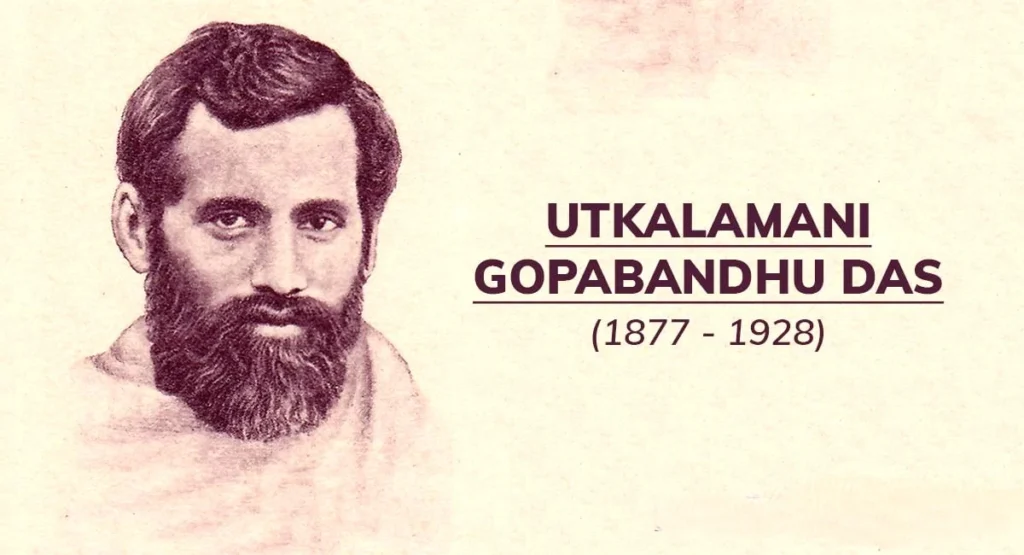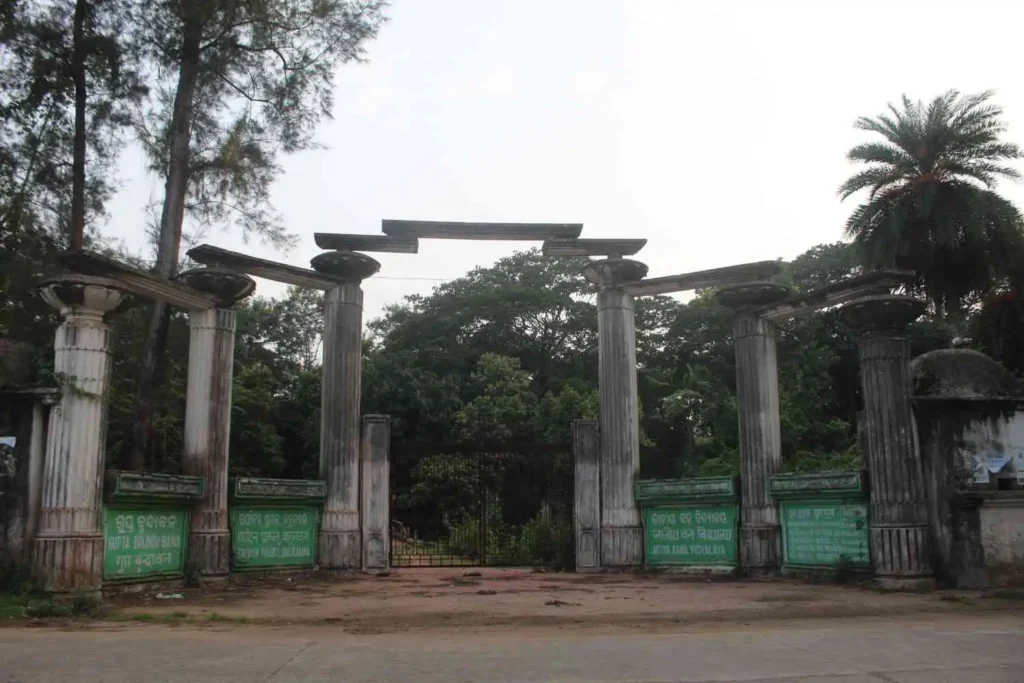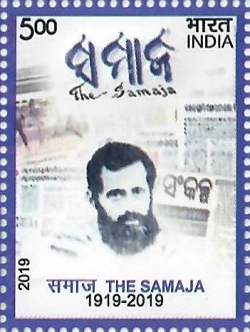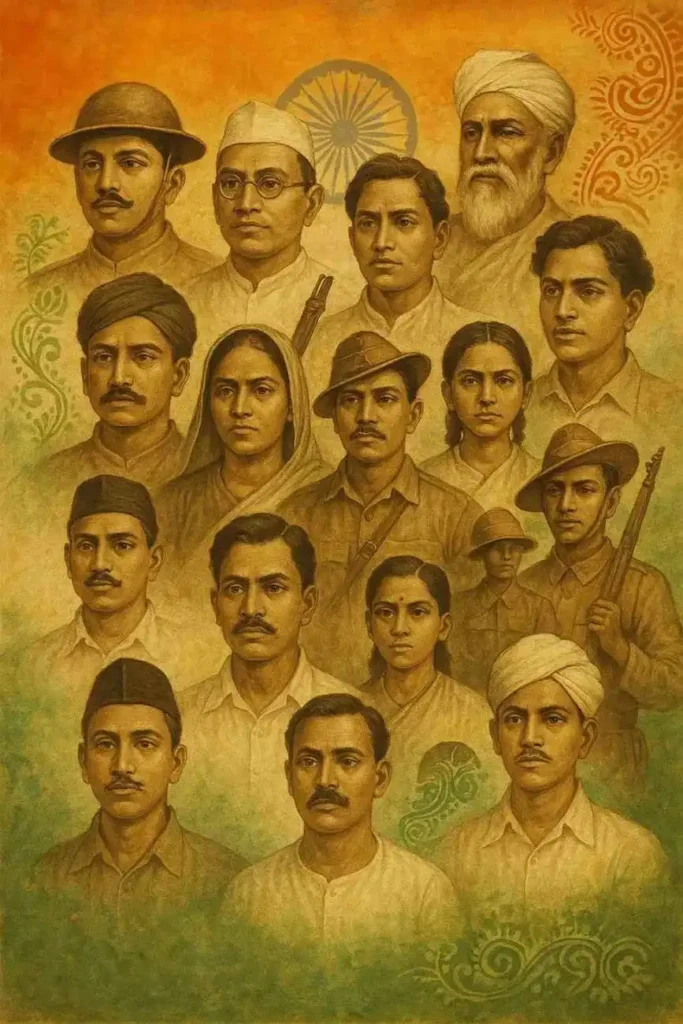
Table of Contents
India’s freedom struggle was not just about political revolution—it was also a cultural and educational awakening. One of the most influential figures in this movement, especially for Odisha, was Pandit Gopabandhu Das, lovingly titled Utkalmani—the jewel of Odisha. A patriot, social reformer, journalist, and the architect of modern education in the state, his life story is a beacon of inspiration.
Who Was Gopabandhu Das?
Born during a time when Odisha was grappling with poverty, illiteracy, and social evils like caste discrimination and untouchability, Gopabandhu Das emerged as a transformative force. He not only joined the freedom struggle but also launched movements to modernize Odisha through education, journalism, and social service.
Often referred to as the National Education Planner of Odisha, he believed that education was the ultimate path to national and social regeneration.
His Revolutionary Take on Education
Unlike the British education system, which he felt alienated Indian values, Gopabandhu envisioned an education system that would reflect Indian ethos and empower the masses. Influenced by the Gurukul system and the Deccan Education Society, he therefore laid the foundation for Satyabadi Vana Vidyalaya in 1909 near Sakhigopal.
Indeed, “If education does not perform everything, there is hardly anything which it does not perform.” — This was the philosophy he lived by.Satyabadi Vana Vidyalaya: A School That Was a Movement

An Experiment That Educated, Liberated, and Inspired Generations
The Satyabadi School wasn’t just an academic institution. Instead, it was a nationalist experiment, a social equalizer, and a moral training ground. Here’s why it was unique:
- To begin with, open-air classes under trees
- Additionally, emphasis on craft, agriculture, spinning, and weaving
- Importantly, no caste discrimination — students of all castes dined and lived together
- Furthermore, daily routines that included physical fitness, prayer, and moral teachings
- Moreover, debating societies, Kabi Sammilanis (Poet Corners), and excursions to historical places
His Role in the Freedom Movement
How His School Became a Nerve Center for Nationalism
When Mahatma Gandhi launched the Non-Cooperation Movement in 1921, Gopabandhu promptly converted his school into a
National School, thereby cutting off ties with colonial grants. Further inspired by Gandhiji’s visit the same year,
the school subsequently became a launchpad for freedom fighters who later played key roles in building modern Odisha.
Journalism as a Tool for Change

The Legacy of ‘The Samaj’ Newspaper
Gopabandhu Das founded The Samaj, one of Odisha’s most influential newspapers, which continues to run even today. It was his platform to awaken people to social realities and injustices—both in the state and under British rule.
A Humanist Beyond Compare
A Life Dedicated to People, Not Positions
Despite holding influence akin to that of a king, Gopabandhu chose to serve people directly.
He actively helped flood victims, advocated widow remarriage, and worked to abolish untouchability.
Rather than seeking power, he wanted empowerment for all.
His Enduring Legacy
Why Gopabandhu Das Is Still Revered in Odisha and Beyond
Gopabandhu Das passed away before Odisha became a separate state in 1936. Yet his efforts laid the groundwork for that very milestone. The era during which Satyabadi School flourished is often called the “Satyabadi Age” of Odisha.
To this day, he is remembered not only as a freedom fighter or an educationist, but as a Mahapurusha—a great soul who lived for others.
People Always Ask
Q1. Why is Gopabandhu Das called Utkalmani?
He earned the title Utkalmani (Jewel of Odisha) for his unparalleled contribution to the social, political, and educational upliftment of Odisha.
Q2. What is Satyabadi Vana Vidyalaya?
It was an open-air school founded by Gopabandhu Das in 1909, rooted in Indian tradition and designed to promote nationalism, self-reliance, and moral education.
Q3. What are Gopabandhu Das’s contributions to journalism?
To this end, he founded the newspaper The Samaj to promote social awareness, national unity, and cultural consciousness among the people of Odisha.
Q4. What social reforms did Gopabandhu Das promote?
He worked tirelessly against caste discrimination, child marriage, and untouchability, and promoted widow remarriage and equal education.
Q5. How did Gopabandhu Das influence Odisha’s freedom movement?
Moreover, his school produced many future freedom fighters, and through his newspaper and oratory,
he inspired public participation in the freedom struggle.
Gopabandhu Das didn't just dream of a free India; rather, he envisioned an enlightened, equal, and empowered nation. Therefore, as readers and citizens, let’s take inspiration from his life to contribute meaningfully to society. Moreover, share this story with the youth, students, and educators of today. In this way, let’s ensure the legacy of Gopabandhu Das continues to shine.


